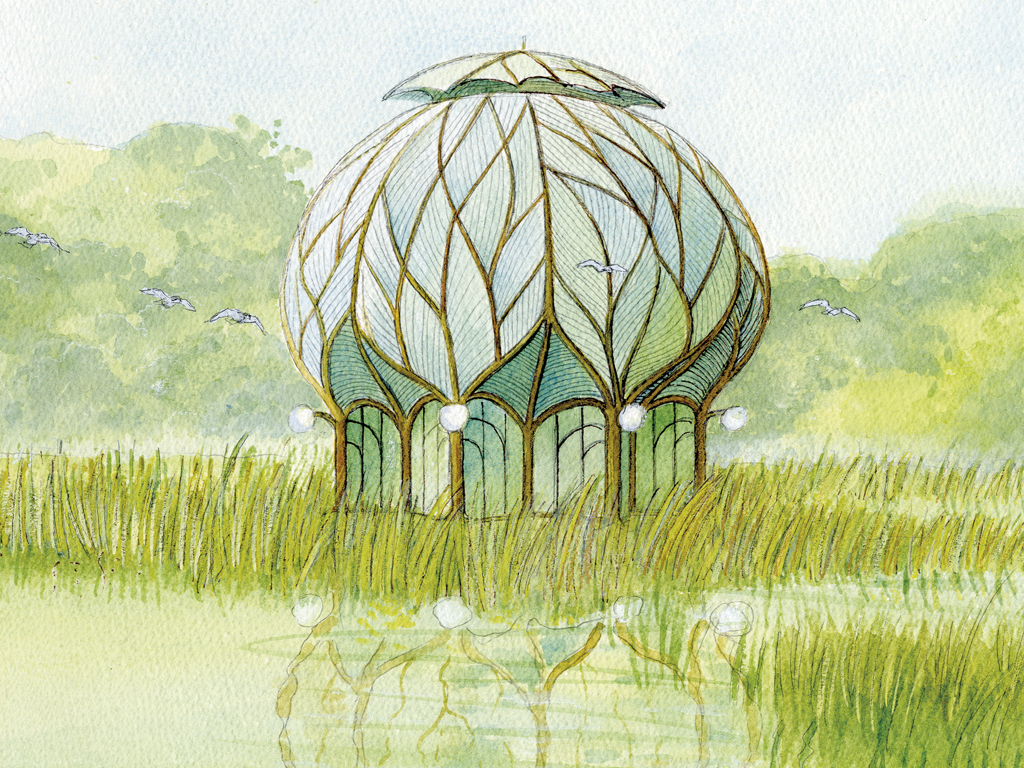Solarpunk heritage: Peter van Dresser
/If you’re into Solarpunk today, you ought to be interested in the Solarpunks of the 1960s and 70s. They didn’t call themselves Solarpunks, but they believed in many of the things that characterize the movement today as I interpret it—optimism, DIY technology, experimental culture, and a communitarian spirit.
● ● ●
What is Solarpunk? It's derived from Steampunk and Cyberpunk, but oriented to clean energy. Elvia Wilk, in the wonderful article “Is Ornamenting Solar Panels a Crime?”, explains the Solarpunk philosophy:
“In its willful naiveté, this ornamented vision is inflected with nostalgia for an imaginary, bygone time when tech was tinkerable and free from mass production and standardization.”
In its imagery, the Solarpunk movement includes a strong Art Nouveau influence, which to me feels right, right now. (See also: Art Nouveau and Modernisme)
Solarpunk art by Luc Schuiten (link)
Additionally, last month Rhys Williams emphasized the literary side of the movement in “Solarpunk: Against a Shitty Future,” for the Los Angeles Review of Books. He wrote:
“Why is this genre promising? Because in Solarpunk, energy is explicitly political....
Solar energy provides a fruitful and flexible ground in the imaginary for experiments in being human and being social while it also preserves the ecological boundary conditions of our own existence. And that is the root of Solarpunk: an energy culture that serves as a platform for experiments in being, rather than a closure of it.”
● ● ●
Here’s some history: there are wonderful affinities between today’s Solarpunks and the future-thinking tinkerers of the 1960s like Peter van Dresser, who are called “Creative Activists” and featured in Chapter 10 of The Solar House. van Dresser (who wrote some science fiction) called for “a decentralized, biotechnic society” which would represent “revulsion against the Establishment” (link). This is how van Dresser described himself on the back cover of his book A Landscape for Humans (1976):
Hey Solarpunks: there's more! I think you'd like The Solar House.




